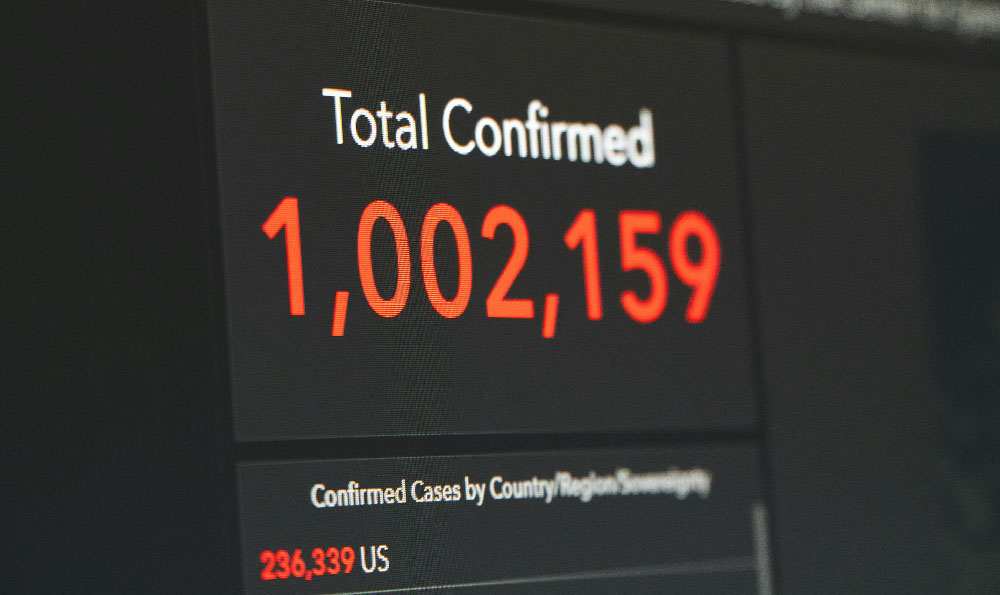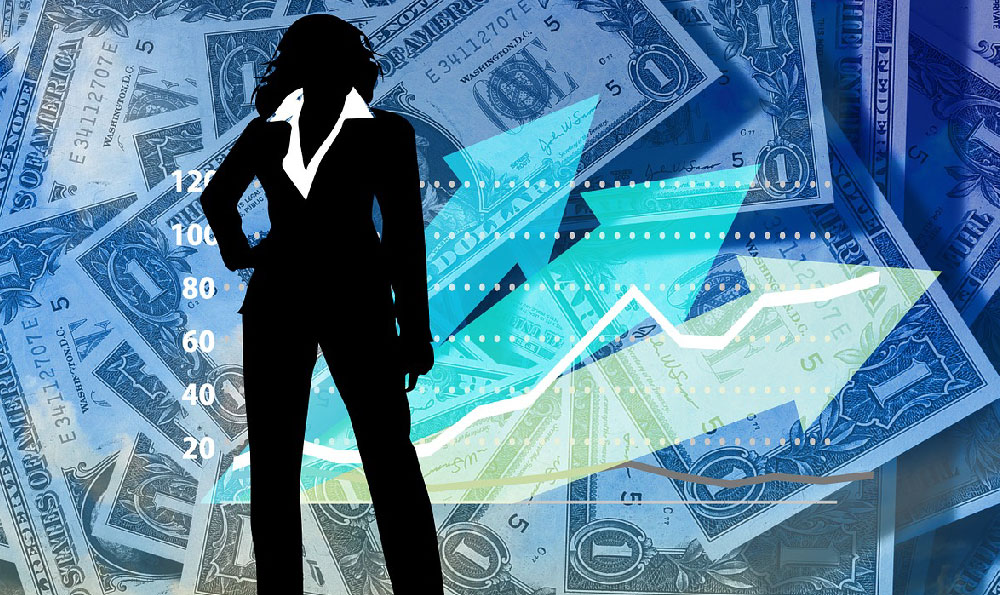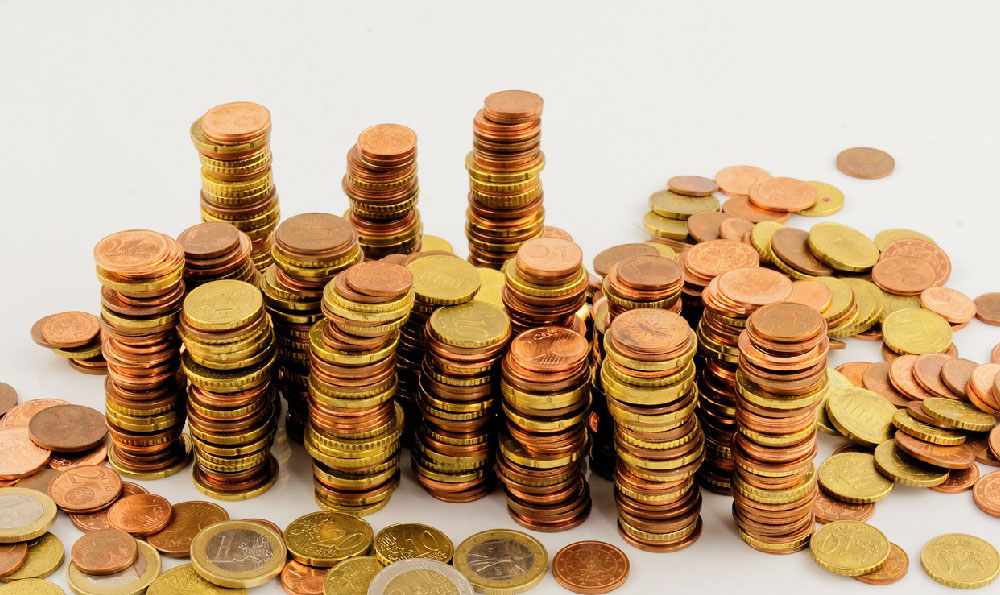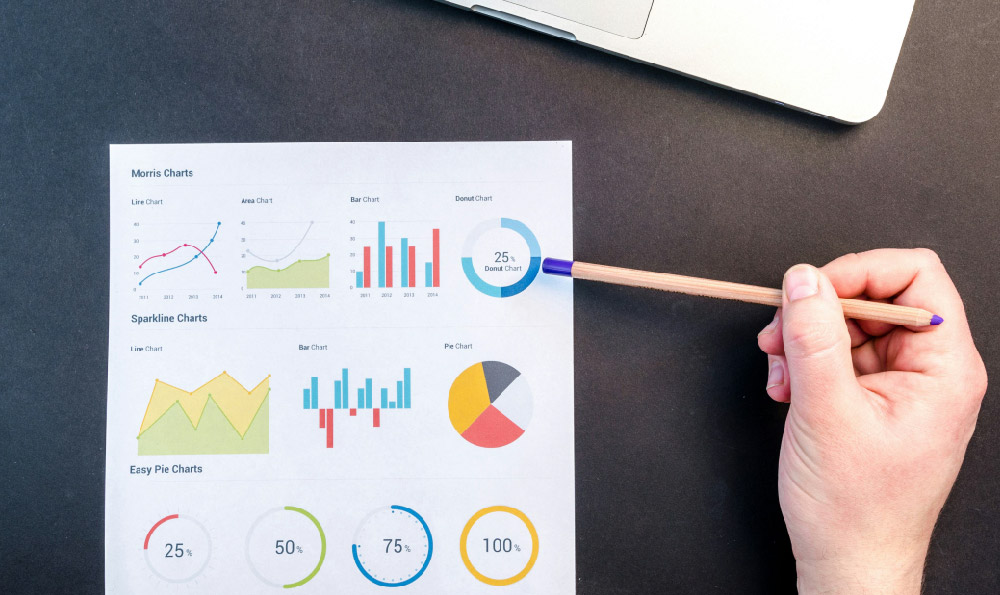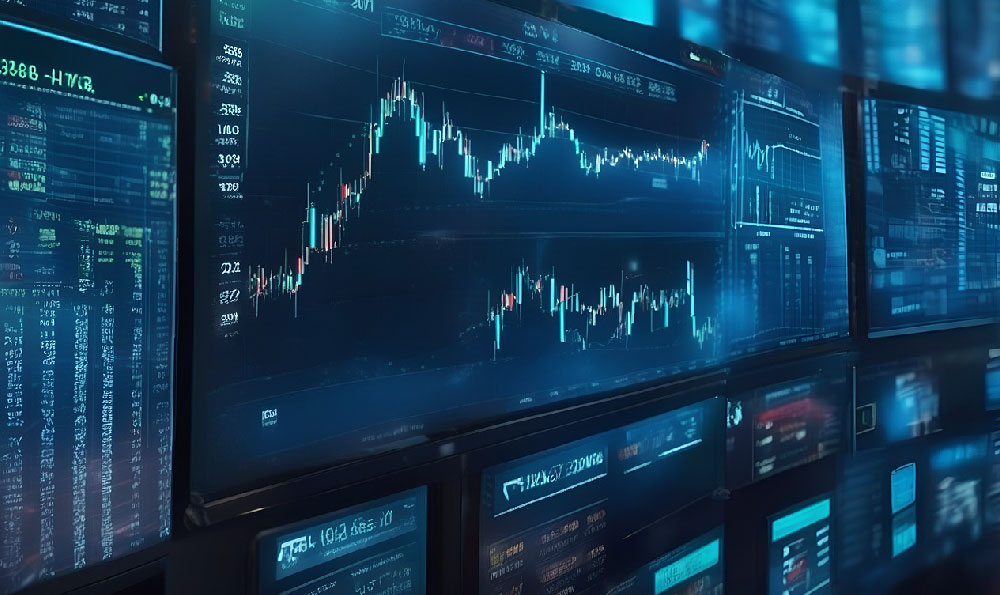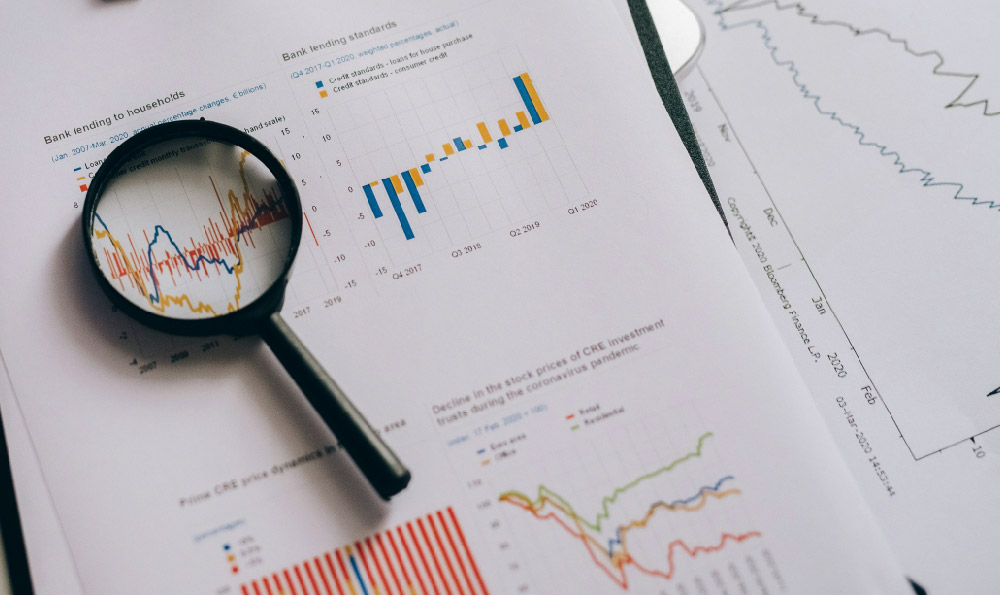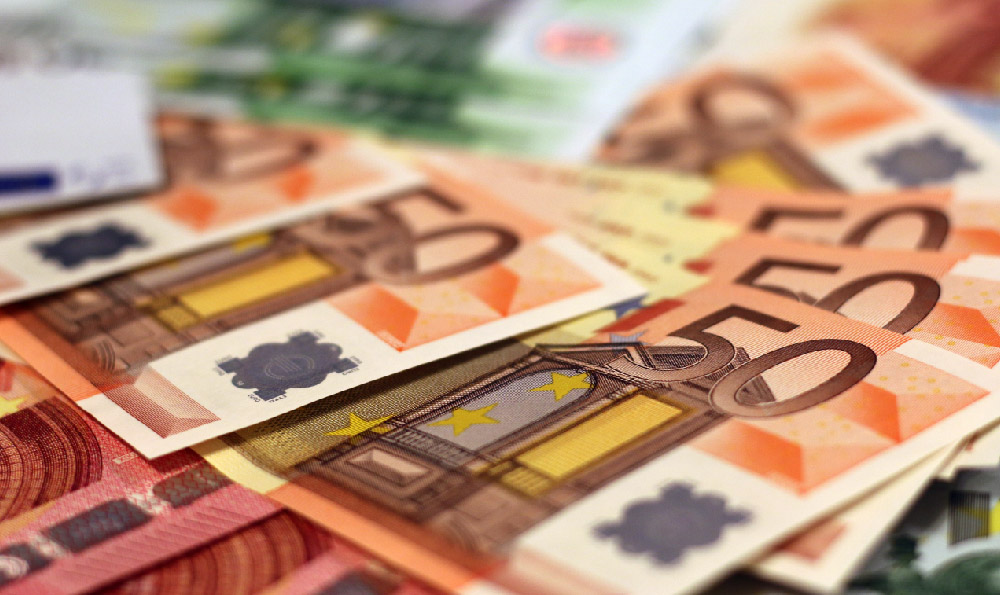Let's delve into the world of music streaming royalties and dissect the question of how much revenue 43 million Spotify streams might generate. The answer, unfortunately, isn't straightforward. It's a complex equation influenced by numerous factors, making it difficult to provide an exact dollar amount. However, we can explore the key variables and arrive at a realistic estimation range.
The single most important factor is the royalty rate paid by Spotify per stream. This rate is notoriously variable and fluctuates constantly. It's affected by several elements, including Spotify's overall revenue, the total number of streams on the platform in a given period, the listener's location (premium vs. free account usage differs in value, and different countries have different advertising rates), the artist's distribution agreement, and whether the artist is signed to a label or is independent.
In recent years, the generally accepted average payout per stream from Spotify has hovered around $0.003 to $0.005. Some sources claim even lower rates, while some artists with incredibly favorable deals might see slightly higher returns. For our calculation, we'll use this range to illustrate the potential revenue.

Let's consider the lower end of the spectrum: $0.003 per stream. If an artist receives $0.003 for each of their 43 million streams, the gross revenue would be:
43,000,000 streams * $0.003/stream = $129,000
Now, let's look at the higher end: $0.005 per stream. In this scenario, the gross revenue would be:
43,000,000 streams * $0.005/stream = $215,000
This already highlights the wide range of potential outcomes. The difference between $129,000 and $215,000 is substantial, and it underscores the uncertainty inherent in streaming royalties.
However, even these figures represent gross revenue, not the amount the artist actually pockets. This is where the complexities of record labels and distribution agreements come into play.
If the artist is signed to a major record label, the label will typically take a significant percentage of the streaming revenue. The exact percentage varies based on the artist's contract, but it can range from 50% to 80% or even higher, especially for newer artists. This means that the artist might only see a fraction of the $129,000 - $215,000 figure.
For example, if the label takes 70%, the artist would receive only 30%. In the $129,000 scenario, the artist's share would be $38,700. In the $215,000 scenario, the artist's share would be $64,500.
Independent artists who distribute their music through platforms like DistroKid, CD Baby, or TuneCore generally retain a larger percentage of their streaming revenue. These distributors typically charge a flat fee or take a small commission (usually around 10-20%). This means that an independent artist could potentially keep 80-90% of the gross revenue.
Using the 80% retention rate, an independent artist earning $129,000 would receive $103,200. An independent artist earning $215,000 would receive $172,000.
Another crucial factor often overlooked is publishing royalties. Streaming revenue is split into two main categories: the master recording royalties (which go to the recording artist and label) and the publishing royalties (which go to the songwriter and publisher). Publishing royalties are generated from the composition itself – the lyrics and melody.
If the artist wrote their own songs, they are entitled to both the master recording and publishing royalties. However, if they used a songwriter who is not themselves, a portion of the revenue will be allocated to the songwriter's publishing rights organization (PRO), such as ASCAP, BMI, or SESAC, which then distributes the royalties to the songwriter and their publisher. These royalties can significantly add to the overall revenue generated from streaming. However, calculating the precise amount is incredibly difficult, as it depends on numerous factors related to the publishing deal and the territories where the streams originated.
Furthermore, income taxes need to be considered. The artist will be responsible for paying taxes on their earnings, which will further reduce the amount of money they ultimately receive. The tax rate will vary depending on the artist's location and income bracket.
Finally, it's important to remember that streaming revenue is often paid out over time. It can take several months for royalties to be processed and distributed. Therefore, an artist may not receive the full amount of revenue generated from 43 million streams immediately.
In conclusion, while we can estimate that 43 million Spotify streams might generate somewhere between $129,000 and $215,000 in gross revenue, the artist's actual earnings could be significantly lower due to label splits, distribution fees, publishing royalties paid to others, and income taxes. An independent artist who owns their masters and publishing could potentially earn a substantial portion of that gross revenue, while an artist signed to a major label might only see a small fraction of it. Understanding these intricacies is crucial for artists seeking to navigate the complex world of music streaming and build a sustainable career. Therefore, a detailed review of contractual obligations is paramount before making any assumptions about potential earnings.


